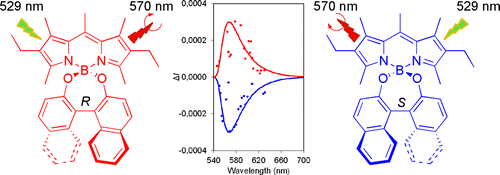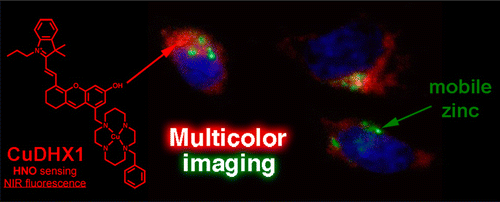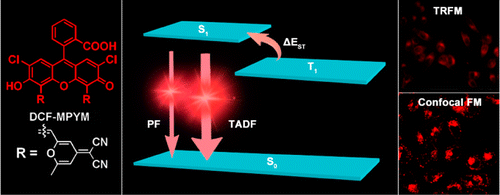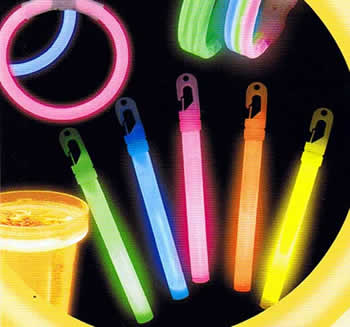General Characteristics In the McMurry reaction, alkenes are synthesized by the reductive coupling of aldehydes and ketones using low valent titanium reagents. This reaction can be thought of as the ...
Monthly Archives: August 2014
Circularly Polarized Luminescence by Visible-Light Absorption in a Chiral O-BODIPY Dye: Unprecedented Design of CPL Organic Molecules from Achiral Chromophores
E, Sanchez-Carnerero.; F, Moreno.; B, Maroto.; A, Agarrabeitia.; M, Ortiz.; B, Vo.; G, Muller.; S, Moya. J. Am. Chem. Soc. 2014, 136, 3346 DOI: 10.1021/ja412294s Circularly polarized luminescence ...
Pummerer Rearrangement
General Characteristics The treatment of sulfoxides with acid anhydrides or acid chlorides brings about a reaction called the Pummerer rearrangement, which gives α-acyloxythioethers. The rearranged ...
A Fast and Selective Near-Infrared Fluorescent Sensor for Multicolor Imaging of Biological Nitroxyl (HNO)
A, Wrobel.; T, Johnstone.; A, Liang.; S, Lippard.; Pablo Rivera-Fuentes. J. Am. Chem. Soc. 2014, 136, 4697 DOI: 10.1021/ja500315x The first near-infrared fluorescent turn-on sensor for the detection ...
Morita-Baylis-Hillman Reaction
General Characteristics The Morita-Baylis-Hillman reaction is a type of carbon-carbon bond forming reactions between aldehydes/imines and electron deficient alkenes promoted by nucleophilic ...
Thermally Activated Delayed Fluorescence of Fluorescein Derivative for Time-Resolved and Confocal Fluorescence Imaging
X, Xiong.; F, Song.; J, Wang.; Y, Zhang.; Y, Xue.; L, Sun.; Na Jiang.; P, Gao.; L, Tian.; X, Peng, J. Am. Chem. Soc. 2014, 136, 9590–9597. DOI: 10.1021/ja502292p Compared with fluorescence imaging ...
How glow sticks are made
Glow sticks contain chemical substances, which emit light when they are mixed together. This phenomenon is called chemiluminescence. Glow sticks are known under the product names such as Cyalume and ...
Hiyama Cross Coupling
General Characteristics The cross coupling reaction between aryl halides/triflates and organosilicon reagents (organosilanes) is generally called the Hiyama coupling. Most organosilicon reagents are ...
Ether Synthesis by Acetal Reduction
General Characteristics The reduction of the oxonium cations generated by acidic treatment of acetals is a way to synthesize ethers. Triethylsilane (Et3SiH) is a reducing agent that is stable under ...
Arndt-Eistert Synthesis
General Characteristics The Wolff rearrangement of diazoketones prepared from acid chlorides and diazomethane is especially called the Arndt-Estert synthesis, which is an effective way of one-carbon ...










